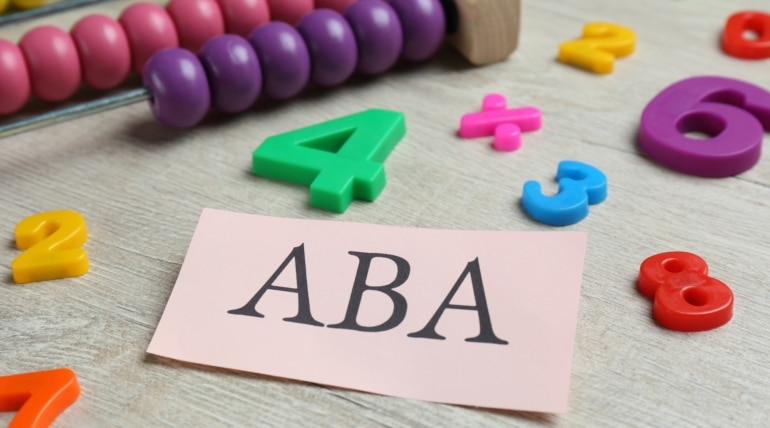Most parents and teachers are familiar with the concept of reinforcement in ABA therapy. However, they may not be as familiar with the term “generalization.” Generalization in ABA therapy is defined as the process by which behavior that has been learned in one context is transferred to other contexts.
Put it more simply, generalization is when a child learns a skill in one environment and can use that skill across different new environments or situations.
One of the goals of ABA therapy is to help children generalize the skills they learn so that they can be applied in various settings and situations. We often see two types of generalization in Applied behavior analysis therapy: Response generalization and stimulus generalization.
Response generalization
Response generalization occurs when a child learns a new behavior (for example, replying with “I’m doing fine) in response to a specific stimulus ( for example, the stimulus “how are you?”) and is then able to reply with different versions of the skill to the same stimulus. Let’s take a look at an example.
Paul is a 4-year-old boy with autism who is receiving ABA therapy. One of his goals is to improve his ability to answer questions about himself. In therapy, he has learned to answer the question “How are you?” with the phrase “I’m doing fine.” This is an example of new behavior in response to a specific stimulus.
Now, let’s say that Paul is at home with his family and someone asks him, “How are you?”. In this new context, he can answer the question correctly with different phrases “I’m cool.”, ”Not so bad”. The next day, he is at the supermarket with his mom, and someone asks him the same question “how are you’’. Again, he answered correctly with different phrases like “I’m feeling awesome.” What is happening here is that Paul is generalizing the functional aspect of the skill he learned in therapy to new contexts and situations. This milestone is important in his development and a key goal of ABA therapy.
Stimulus generalization
Now let’s take a look at stimulus generalization. This occurs when a child learns a behavior in response to one stimulus and can display the same behavior in response to a different stimulus.
Let’s say we have a boy named John who is 4 years old and has autism. In therapy, he has learned to say “Hello” in response to seeing her mom. The next day, he sees his teacher and says “Hello” in response to seeing her. The day after that, he sees a neighbor and says “Hello” in response to seeing her. In each of these cases, John is displaying the same behavior (saying “Hello”) in response to different stimuli (seeing different people). This is an example of stimulus generalization.
As you can see, generalization is an integral part of ABA therapy. It’s one of the therapy goals, and it’s something that therapists work on with children daily. If you have any questions about generalization or ABA therapy, please feel free to contact us.




